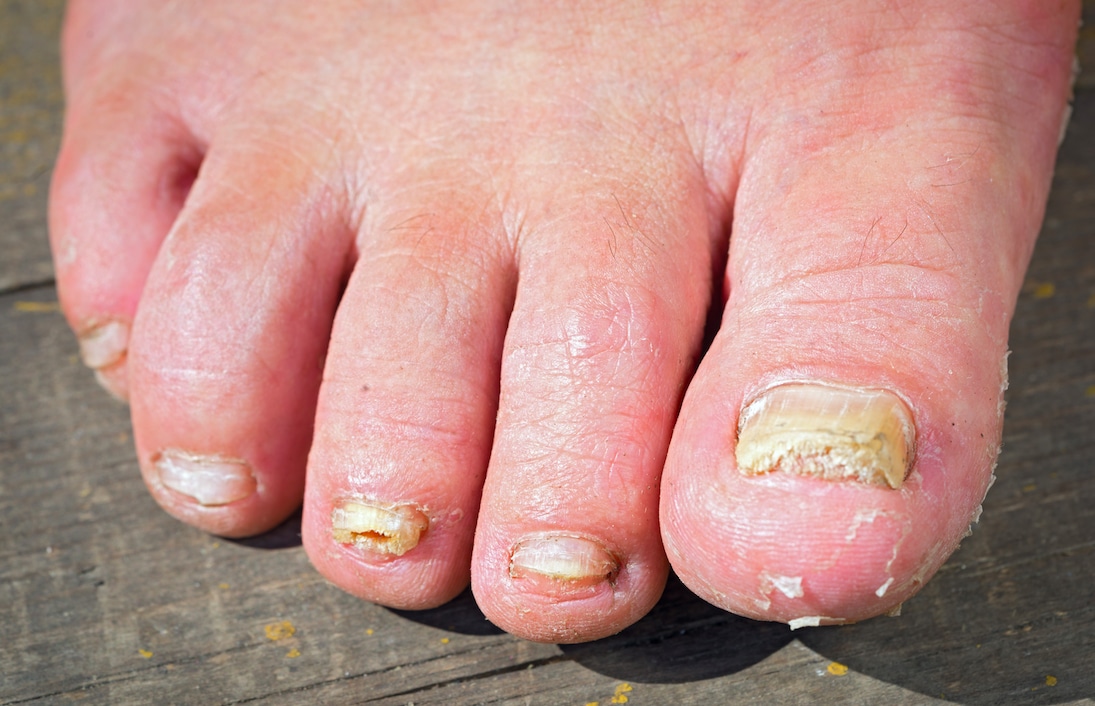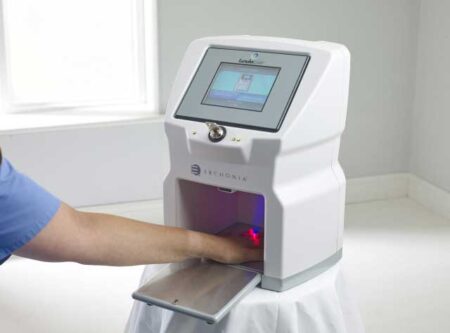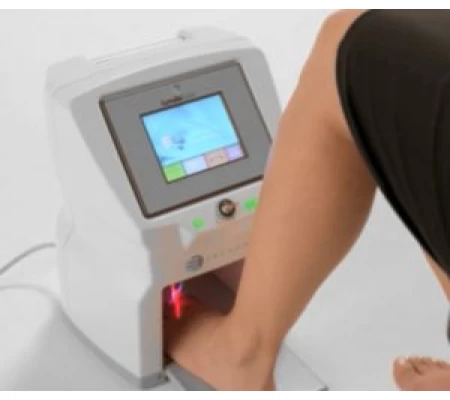Fungal nail infections are frustrating. One day you have healthy, clear and normal nails, and the next you’re watching your nails worsen until they’re barely recognisable as your own. While some may try to hide their nails in enclosed footwear, others will waste money on treatments that have little effect– except for using up their time applying creams multiple times per day.
So how do you know if you have a fungal nail infection? And how do you stop and eliminate the infection without wasting your time and money? Our Podiatry team gives you the inside scoop on the tell-tale signs they look for – and which treatments give their patients real results.
1. The First Spot
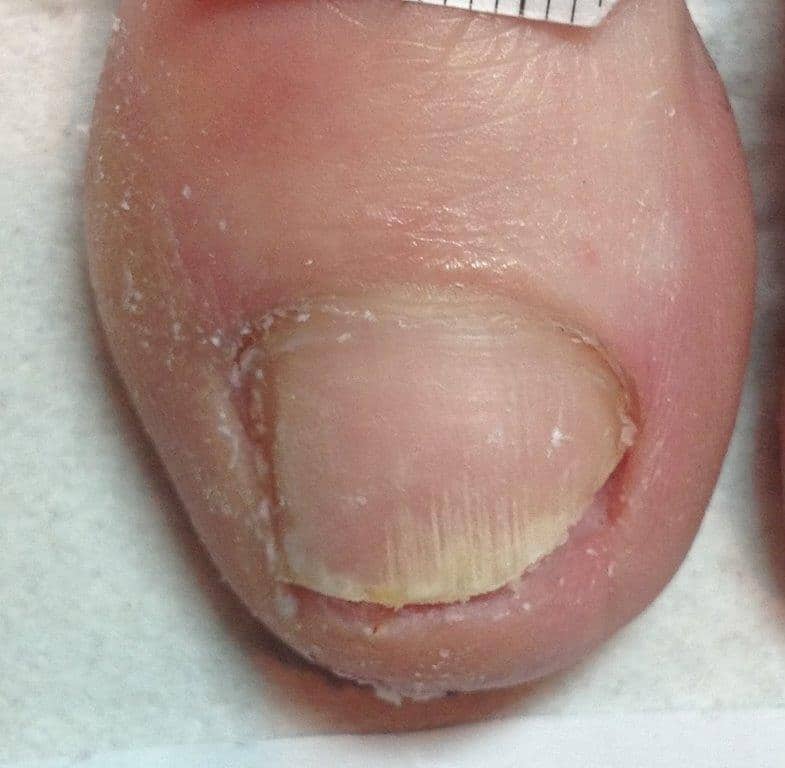
Unfortunately, it is uncommon for fungal nail infections to pass without treatment. This is because the fungus ultimately has everything it needs to continue to grow and thrive – it has a big nail to invade, warm and moist temperatures when enclosed in footwear, and generally inferior foot hygiene.
Because the infection is at its early stages here, it is the easiest to treat – before your nails may start to take a significant change in appearance. For a list of Podiatrists around Australia using the most effective solutions for fungal nail infections, clickhere.
2. Colour Changes
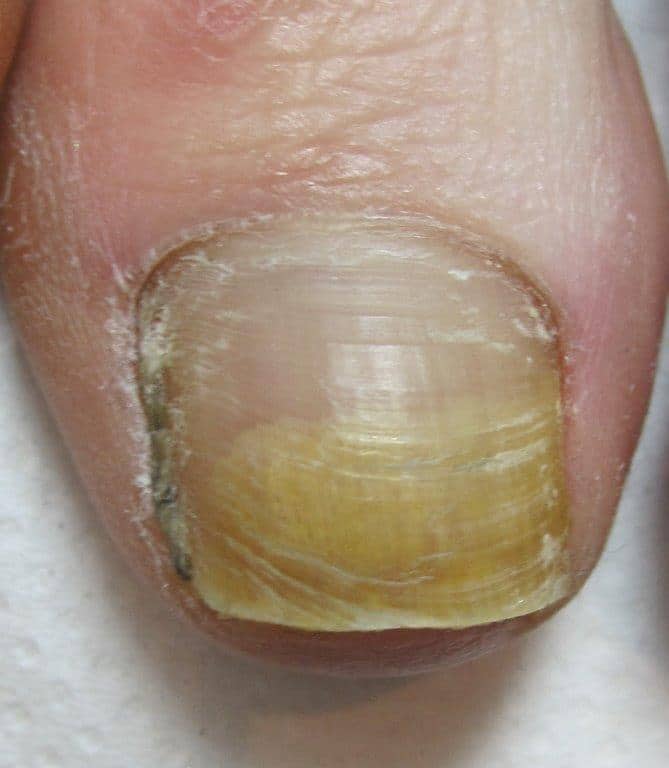
These are all signs of the very real damage the fungus is inflicting on your nails, and generally, these changes are irreversible. Think of this like severe damage to the ends of your hair which is difficult to reverse, so you instead trim it off and focus on keeping the rest of your growing hair healthy for the years to come. The goal here is to destroy the living fungus so that your nail can grow out healthy and clear – and stay that way.
3. Thick, Brittle, Flaky Nails That Crumble
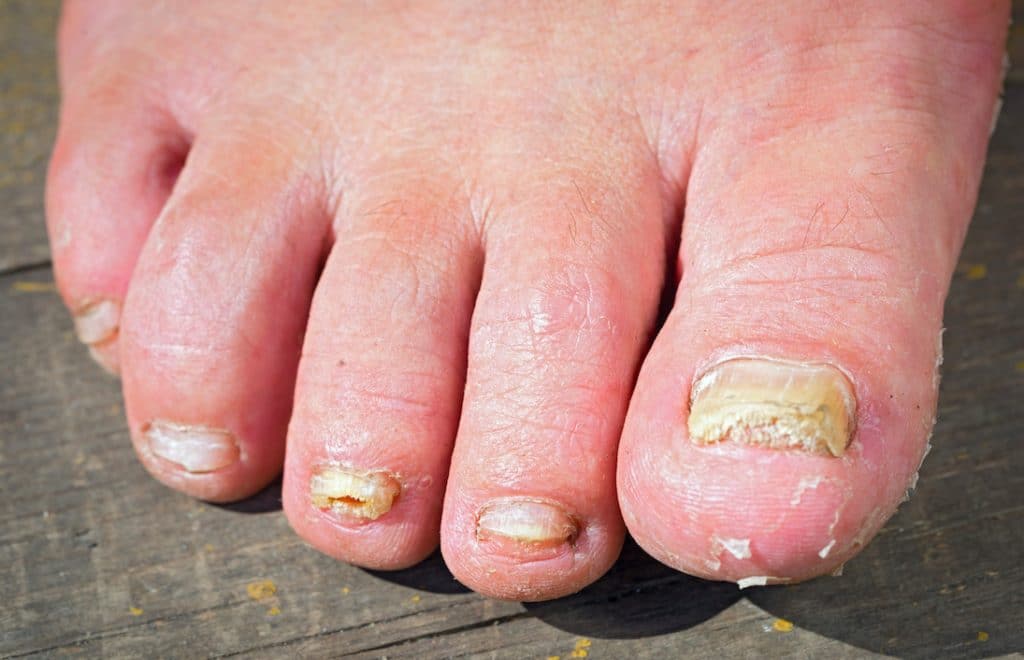
Thickened nails can be very difficult to trim without the right tools. The thickness may create pressure in shoes that can cause pain and discomfort to the toes. At this stage, many turn to a Podiatrist to help trim their toenails and reduce their thickness. By treating the underlying fungal infection, however, you may reduce your need for years of ongoing care.
When treating infections of this level, you must choose a solution that targets the whole nail, including beneath the nail bed, and not just the surface of the nail like creams and lacquers do. We recommend a solution like this.
4. Curly, Loose Nails
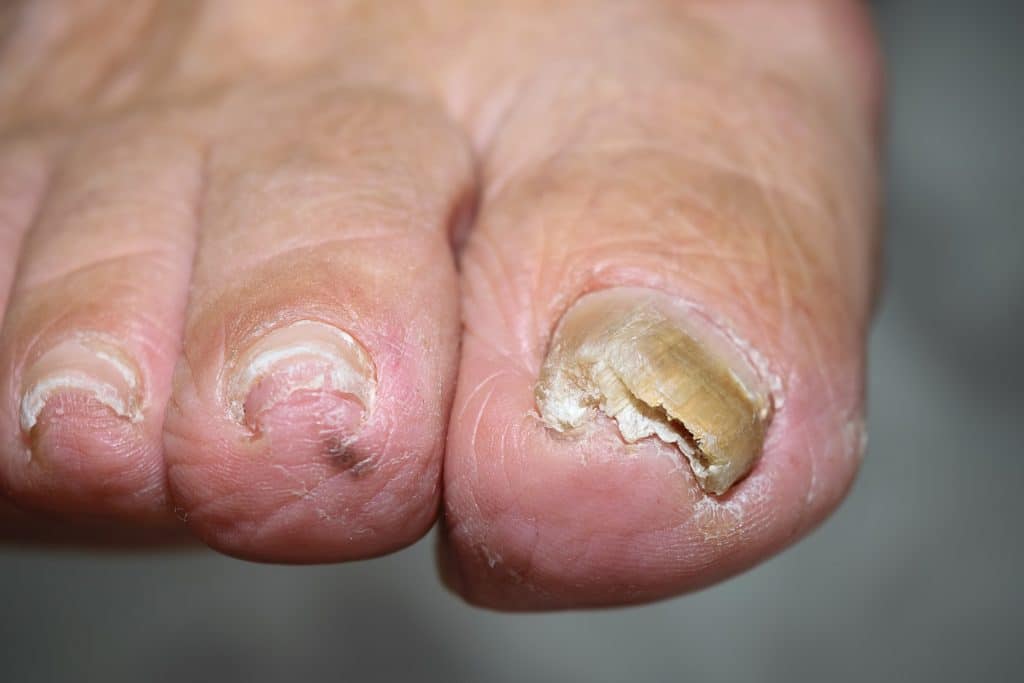
At this stage, most patients we’ve treated tend to hide their nails in enclosed shoes and socks. They may have the thickness or the ridges of their nails reduced by their Podiatrist, but this does not restore the appearance of their nails, only makes the nails more comfortable.
The Solution
If the above signs have triggered the realisation that there’s a good chance that you may have a fungal nail infection – don’t panic. While in previous years, very few solutions had substantial efficacy in eliminating fungal nail infections, today there are fantastic and effective solutions being used right here in Australia.
The most effective solution we are aware of in today’s market in the Lunula cold laser. Cold laser treatment uses two rotating laser beams to damage the fungus itself and stimulates your body to clear the infection. Podiatrists love it because it is safe with no adverse effects, effective (84% effectiveness in clinical trials), and is completely pain-free.
The cold laser process is easy and simple too. After confirming the presence of your fungal nail infection, your Podiatrist will run the laser for 12 minutes per foot to treat all of the nails, regardless of how many are affected. You should not experience any unusual sensations during this time and are free to relax. Your Podiatrist will answer any questions you may have, and let you know how many treatments you’ll require, which largely depends on the severity of your infection.
For a list of Podiatrists offering the Lunula cold laser treatment, click here

